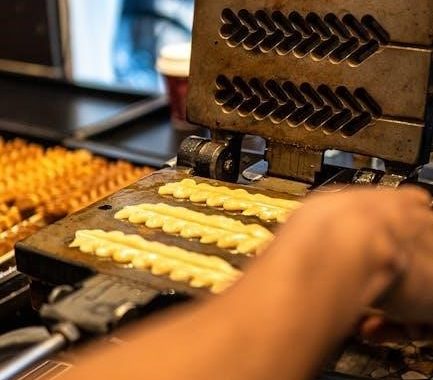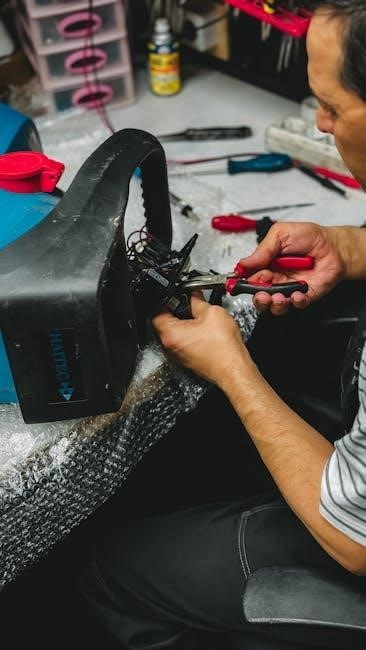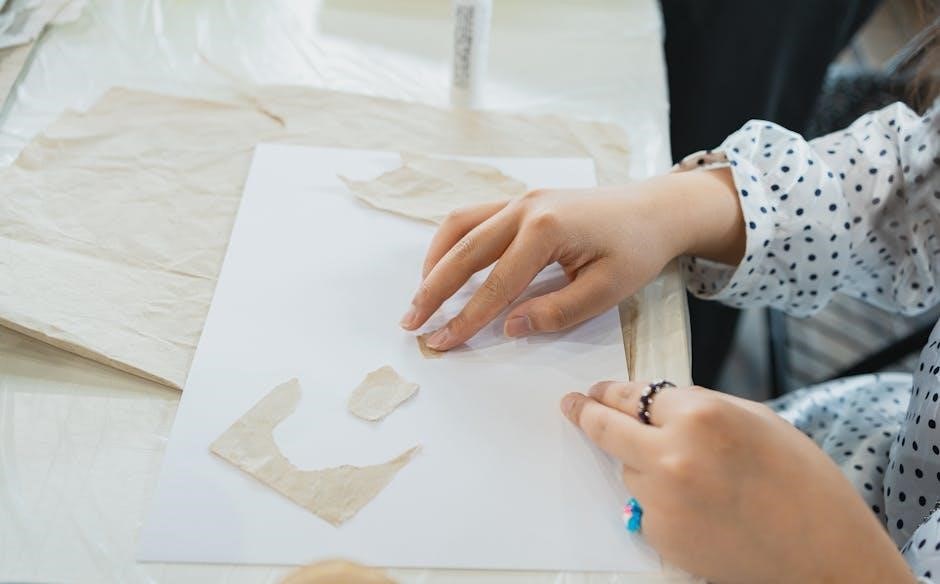A differential system is a critical automotive component enabling wheels to rotate at varying speeds, essential for maintaining traction and control during turns. Its design ensures smooth power distribution.

Parts of the Differential
- The spider gear allows the side gears to rotate independently.
- The differential case houses all internal components.
- The axle shafts connect the differential to the wheels.
2.1. Pinion Gear
The pinion gear is a crucial component of the differential system, responsible for transmitting power from the driveshaft to the ring gear. It is meshed with the ring gear and plays a key role in altering the direction of the power flow. The pinion gear is typically smaller in size compared to the ring gear, which allows it to rotate at a higher speed. This gear is designed to handle significant torque and stress, making it essential for the overall functionality of the differential. Proper alignment and lubrication of the pinion gear are vital to ensure efficient power transmission and to prevent wear and tear. Any malfunction in the pinion gear can lead to significant issues in the differential system, affecting the vehicle’s performance and stability.
2.2. Ring Gear
The ring gear is a large, circular toothed component attached to the differential case. It is directly connected to the driveshaft via the pinion gear and plays a central role in power transmission. The ring gear’s teeth mesh with the pinion gear, enabling torque to be transferred to the differential assembly. Its size and strength are critical, as it bears the brunt of the engine’s power output. The ring gear is typically mounted on the differential carrier and rotates with it, ensuring smooth operation. Proper installation and alignment of the ring gear are essential to prevent damage and maintain efficient power delivery. Any wear or damage to the ring gear can lead to noise, vibration, and eventual failure of the differential system, highlighting its importance in the overall drivetrain.
2.3. Side Gears
The side gears are critical components of the differential system, directly connected to the wheel axles. They are responsible for transmitting torque from the spider gears to the wheels, allowing them to rotate independently. Each side gear meshes with a spider gear, enabling the wheels to turn at different speeds during cornering. The side gears are mounted on axle shafts and are splined to ensure a secure connection. Their design allows for smooth engagement and disengagement with the spider gears, facilitating seamless power transfer. Proper lubrication of the side gears is essential to prevent wear and ensure efficient operation. In summary, the side gears play a vital role in enabling the differential to function effectively, ensuring that power is delivered to the wheels while maintaining control and stability during various driving conditions.
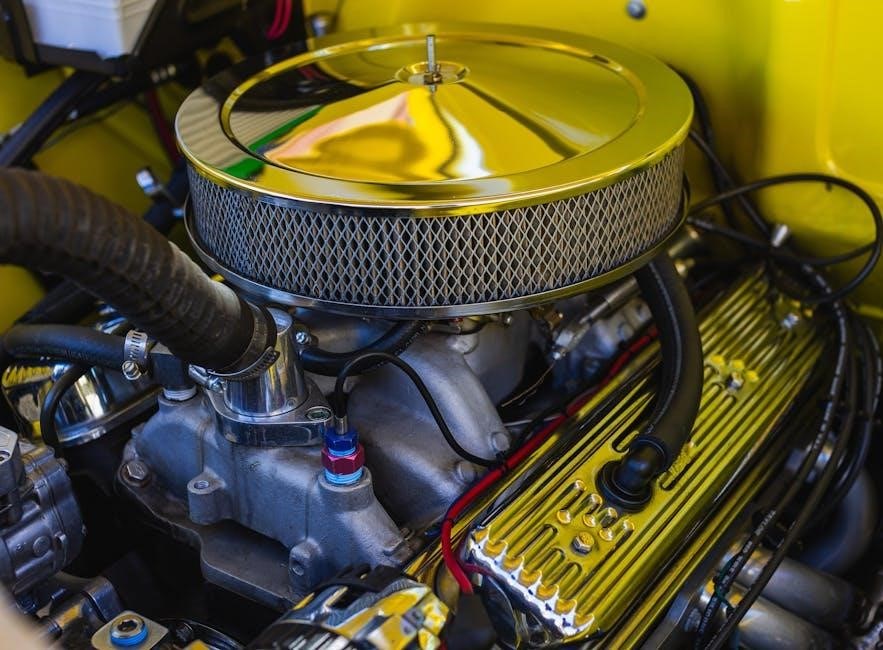
Functions of the Differential
The differential enables wheels to rotate at different speeds, maintaining traction and control during turns. It ensures smooth power distribution between the wheels, optimizing vehicle stability and performance.
3.1. Operation in a Straight Line
When a vehicle moves in a straight line, the differential operates by allowing both rear wheels to rotate at the same speed. This is achieved through the interaction of the pinion gear and the ring gear, which transfer power to the side gears connected to the wheels. In this scenario, the spider gear does not rotate on its axis, ensuring that both side gears turn at identical speeds. This synchronized rotation maintains equal power delivery to both wheels, which is essential for maintaining traction and stability on a straight path. The differential’s ability to equalize wheel speeds in a straight line ensures efficient power transfer and prevents unnecessary wear on the drivetrain components. This operation is fundamental to the differential’s primary function of enabling smooth and consistent vehicle movement.
3.2. Operation While Turning
When a vehicle turns, the differential enables the rear wheels to rotate at different speeds, a critical function for maintaining control and preventing skidding. As the vehicle navigates a curve, the outer wheel travels a longer path than the inner wheel, requiring it to rotate faster. The differential achieves this by allowing the side gears to turn at varying speeds. The spider gear plays a pivotal role during turns, rotating on its axis to facilitate the speed difference between the two side gears. This mechanism ensures that power is distributed appropriately, with the outer wheel receiving more rotational force. The result is a smooth and controlled turn, as each wheel adapts its speed to the turning radius. This functionality is essential for maintaining traction and stability, especially on uneven or slippery surfaces, and is a cornerstone of the differential’s design.
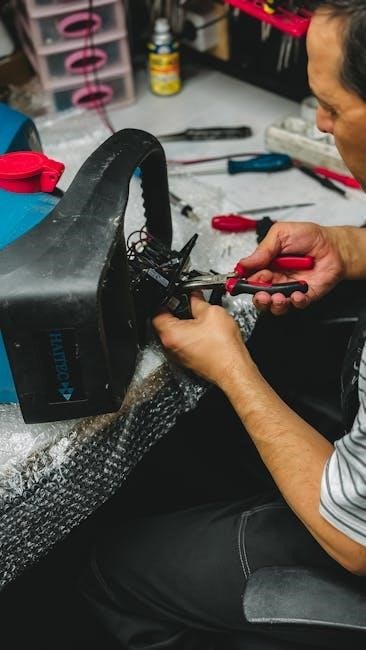
Types of Differentials
Differentials come in various types, including limited-slip, locking, and open differentials, each designed to manage power distribution between wheels under different driving conditions for optimal performance.
4.1. Limited-Slip Differential
A limited-slip differential is designed to restrict excessive wheel spin by transferring torque to the wheel with more traction. It employs friction or mechanical components to limit speed differences between wheels, enhancing stability and control on uneven surfaces. This type is ideal for performance driving or off-road conditions, as it reduces wheelspin and improves handling. The LSD operates by automatically adjusting torque distribution, ensuring both wheels maintain optimal grip. Unlike an open differential, it prevents complete loss of traction on one wheel, making it a popular choice for vehicles requiring balanced performance and reliability. Its mechanism ensures smooth power delivery, minimizing understeer or oversteer during cornering. Overall, the limited-slip differential strikes a balance between everyday drivability and enhanced performance capabilities.
4.2. Locking Differential
A locking differential is a type of differential that can fully lock both wheels together, forcing them to rotate at the same speed. This is particularly useful in extreme off-road conditions where maximum traction is essential. Unlike limited-slip differentials, locking differentials provide 100% torque transfer to both wheels, eliminating wheel spin entirely. They are often manually controlled, allowing the driver to engage or disengage the lock as needed. Automatic locking differentials also exist, using sensors to detect wheel speed differences and activate the lock mechanically or electronically. While highly effective in challenging terrain, locking differentials can compromise stability on paved roads due to the rigid connection between wheels. They are ideal for vehicles requiring maximum control in environments like mud, sand, or rocks but are less suited for high-speed cornering on smooth surfaces.
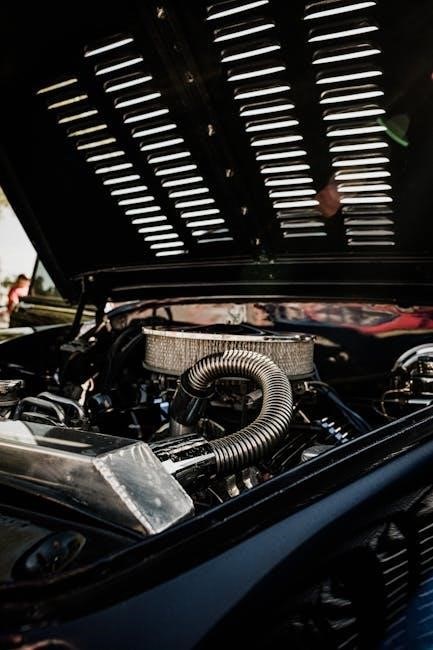
Design Variations and Their Implications
Differential systems exhibit various design variations, each tailored for specific applications. Standard open differentials are common in passenger vehicles, offering simplicity and smooth operation but lacking in traction during wheel slippage. Limited-slip differentials improve traction by transferring torque to the wheel with more grip, making them suitable for performance and light off-road use. Locking differentials, as discussed, provide maximum control in extreme conditions but may compromise on-road stability. Torque-vectoring differentials, found in high-performance vehicles, actively distribute torque between wheels for enhanced handling. Additionally, some designs incorporate electronic controls for real-time adjustments, optimizing performance across diverse driving scenarios. Each variation balances factors such as cost, complexity, and intended use, ensuring optimal functionality for their specific applications. Understanding these variations helps in selecting the most appropriate differential for a vehicle’s intended purpose and operating conditions.
Service and Repair of the Differential
Regular maintenance involves inspecting gears and bearings, checking lubrication levels, and ensuring proper alignment. Addressing worn parts promptly prevents major repairs and extends the differential’s lifespan.
6.1. Basic Maintenance and Inspection
Regular maintenance is crucial for ensuring the differential operates efficiently. Begin with a visual inspection of all components, checking for signs of wear, leaks, or damage. Lubrication levels should be verified, and the gear oil replaced as recommended by the manufacturer. Inspect the gasket and seals for any deterioration, as leaks can lead to premature wear. Additionally, examine the differential case for any structural damage or corrosion. Pay attention to the condition of the pinion gear, ring gear, and side gears, ensuring they are free from excessive wear or scoring. Bearings and axles should also be inspected for smooth operation and proper alignment. If any components show significant wear, they should be addressed promptly to prevent further damage. Regular maintenance not only extends the lifespan of the differential but also ensures optimal vehicle performance and safety on the road.
6.2. Adjustments and Replacements
Adjustments and replacements are essential for maintaining the differential’s performance and longevity. When repairing, ensure all components are clean and free from contaminants. Replacing worn gears, bearings, or seals requires precision to avoid further damage. The pinion gear and ring gear must be properly aligned and meshed to prevent noise and wear. Bearings should be replaced in pairs, and new seals installed whenever bearings are replaced. Adjustments may involve setting the backlash between gears according to manufacturer specifications. If the differential case is damaged, it may need to be replaced entirely. Always refer to the vehicle’s service manual for specific procedures and torque specifications. Proper adjustments and replacements ensure smooth operation, prevent premature wear, and maintain the vehicle’s overall performance and safety. Regular checks and timely repairs are key to avoiding costly overhauls and extending the life of the differential system.
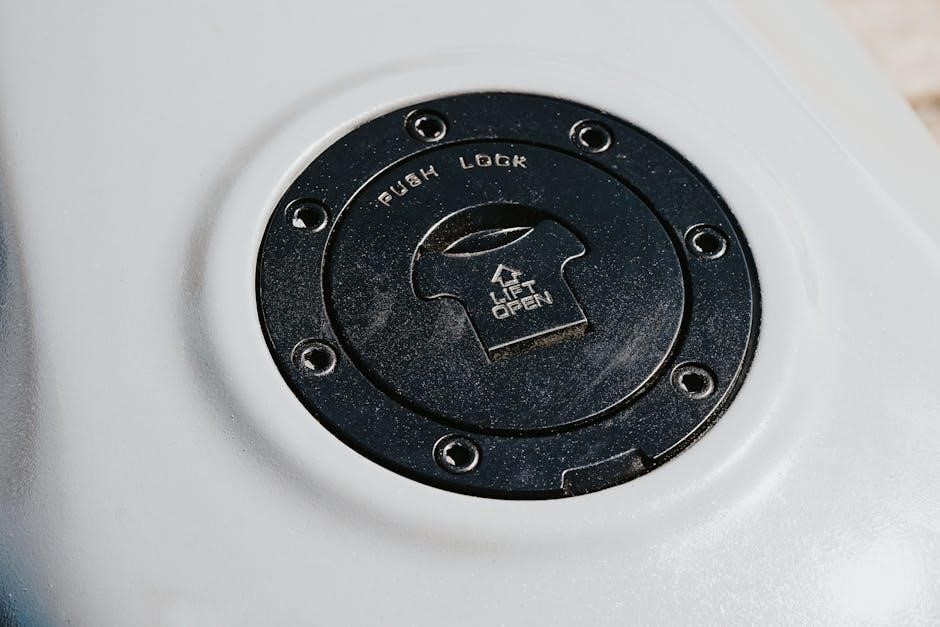
Key Takeaways
The differential is a vital automotive component, enabling wheels to rotate at different speeds while maintaining control. It consists of key parts like the pinion gear, ring gear, and side gears, which work together to distribute power. Understanding its function is crucial for vehicle performance, especially during turns. Regular maintenance, such as inspecting gears and replacing worn components, ensures optimal operation. Different types, like limited-slip and locking differentials, offer varied capabilities for specific driving conditions. Proper adjustments and replacements are essential to avoid damage and extend the system’s life. By grasping the differential’s design, function, and care, one can appreciate its role in enhancing traction and stability. This knowledge helps in making informed decisions about repairs and upgrades, ultimately contributing to safer and more efficient driving experiences. Regular checks and timely repairs are key to avoiding costly overhauls and extending the life of the differential system.






























